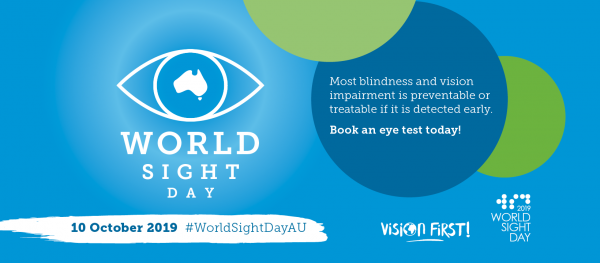When looking at a near target, such as text on a page (or a phone), the eyes converge so that both are fixating on the object of regard. Convergence Insufficiency, in which the two eyes struggle to maintain fixation together on a near target, is a reasonably common condition in childhood and a cause of double vision, blur at near, and reading difficulty. It has often been treated using vision therapy.
More than 10 years ago the Convergence Insufficiency Treatment Trial (CITT) showed that office-based vision therapy was superior to placebo for treatment of measurable indicators of convergence insufficiency (“near point of convergence” and “positive fusional vergence”). Two follow-up papers from this study were published this week (online pre-publication) in Optometry and Vision Science and show that although these measurable markers of the condition improved with vision therapy, patient reported symptoms (via a patient survey) and, most importantly, reading performance, were not improved by vision therapy any more than by placebo.
The two take-home messages from these trials are:
- If you treat convergence insufficiency, use clinical measures, rather than self-reported symptoms, to assess the severity of the condition and the response to treatment; and
- if you treat convergence insufficiency, do not claim that it will improve reading skills, because it doesn’t any more than placebo.
These studies were funded by the National Institutes of Health in the USA, and conducted by academic optometry units across the USA. The study chairperson was Dr Mitchell Scheiman OD PhD, Professor at Pennsylvania College of Optometry and a vision therapist.
References:
CITT-ART Investigator Group . Effect of Vergence/Accommodative Therapy on Reading in Children with Convergence Insufficiency: A Randomized Clinical Trial. Optometry and Vision Science: October 23, 2019.
CITT-ART Investigator Group. Treatment of Symptomatic Convergence Insufficiency in Children Enrolled in the Convergence Insufficiency Treatment Trial–Attention & Reading Trial: A Randomized Clinical Trial. Optometry and Vision Science: October 23, 2019.




